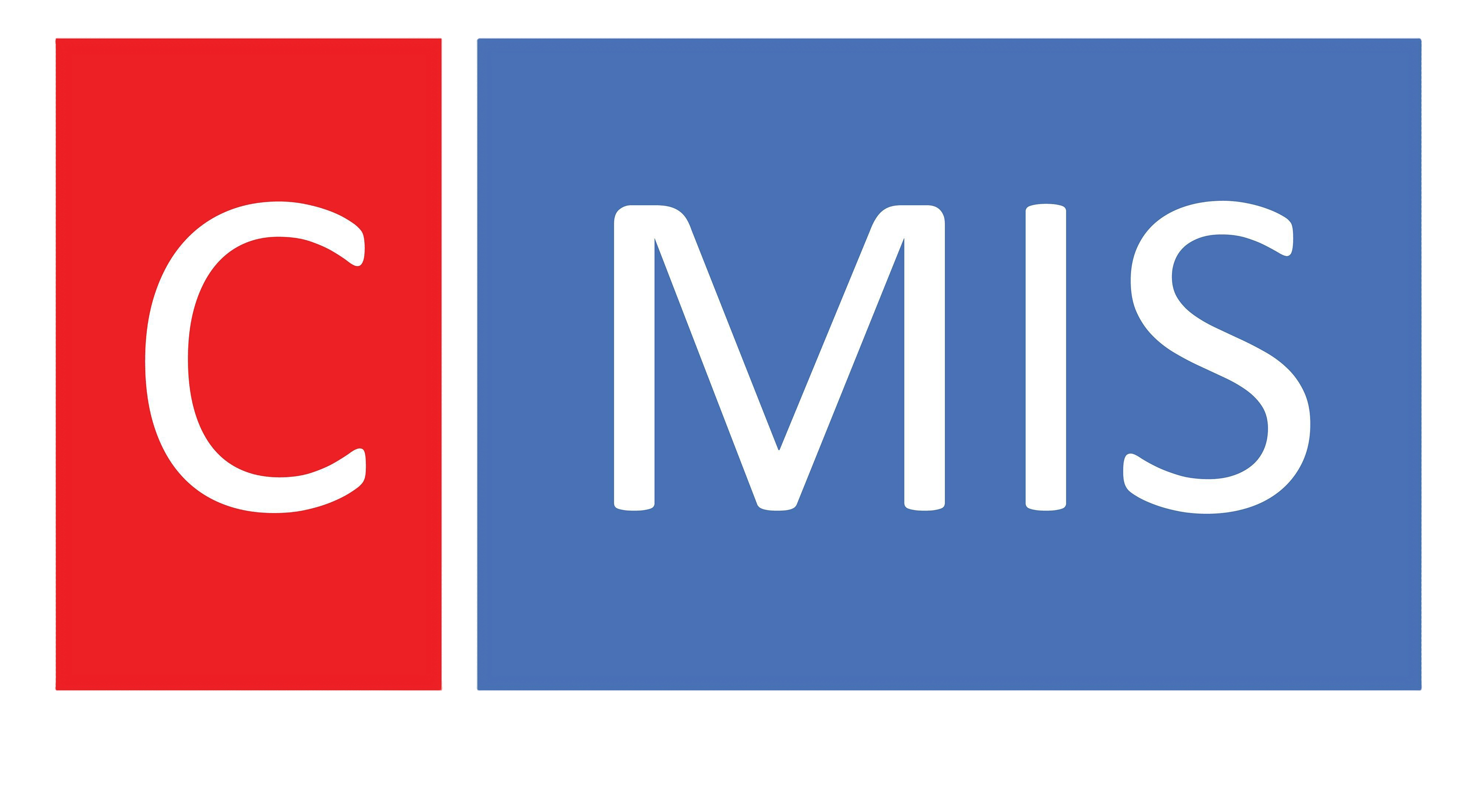- Discover how clear, comprehensive contracts can serve as your first line of defense against costly construction claims, ensuring every party is on the same page from the start.
- Uncover the power of regular progress meetings in cultivating a collaborative environment, where issues are addressed before they escalate into disputes.
- Learn how impeccable documentation and engaging stakeholders can transform your approach to the claims process, building trust and preventing future conflicts.
As a member of a city or county construction team, you know that managing construction projects comes with its share of challenges. Even the best-planned projects can encounter unforeseen issues, leading to claims that can affect timelines and budgets. In a field where precision is paramount, establishing strategies to reduce construction claims is vital not only for project success but also for fostering positive relationships among stakeholders. Here are several effective strategies to help you navigate through the complexities of construction management.
Clear Contracts: The Foundation of Success
One of the most effective ways to reduce claims is to focus on the clarity and comprehensiveness of contracts. Ensure that contracts explicitly outline the scope of work, responsibilities, and expectations for each party involved. Clearly defined terms help avoid misunderstandings, which often escalate into disputes. Remember to include clauses regarding potential changes, payment schedules, and timelines. By laying a solid contractual foundation, you minimize ambiguities that can lead to costly claims down the road.
Regular Progress Meetings: A Proactive Approach
Establishing a culture of regular progress meetings is an essential practice in mitigating disputes. These gatherings provide an open platform for team members to discuss updates, challenges, and any changes that may arise during the project. Make it a habit to document the discussions and decisions made during these meetings. This practice not only keeps everyone informed but also serves as a record that can clarify any future claims. Regular communication helps identify potential issues before they escalate and fosters a collaborative environment where stakeholders feel engaged and valued.
Establishing a Change Order Process
Changes during a construction project are often inevitable. Therefore, implementing a clear change order process can be a game-changer in reducing claims. First, ensure that everyone understands the procedure for requesting changes, including how to submit forms, the necessary approvals, and the timeline for implementation. It’s also critical to define the documentation required to support these changes, such as drawings, specifications, and material lists. By having a standardized process in place, you can manage changes more effectively and reduce the risk of disputes over who is responsible for additional costs or delays.
Documenting Project Alterations
Proper documentation plays a crucial role in minimizing claims associated with project alterations. Every change—whether it’s a modification of plans, alterations in materials, or adjustments in timelines—should be meticulously recorded. Encourage your team to keep logs, photographs, and records of all correspondence related to changes. This information can be invaluable should a dispute arise, as it provides evidence that can help clarify the original agreements and any adjustments made during the construction process. A well-documented project can serve as a strong defense against unfounded claims.
Engaging Stakeholders in the Claims Process
Collaboration is key in the construction world. Engaging stakeholders in the claims process not only fosters transparency but also enhances the likelihood of reaching a resolution before issues escalate. When a claim arises, communicate openly with all parties involved and encourage dialogue to understand each perspective. This collaborative approach can lead to mutually beneficial solutions and reinforces the idea that all parties are working toward a common goal. Engaging stakeholders builds trust and can help prevent future claims, as everyone is more likely to take ownership of the project’s success.
Best Practices for Conflict Resolution
Despite all your best efforts, conflicts may still arise. Knowing how to handle these situations effectively can safeguard against disputes that could lead to increased claims. Consider adopting conflict resolution strategies, such as mediation and arbitration, as alternatives to litigation. Establishing these practices during project planning can save you time and money. A focus on resolving conflicts cooperatively fosters a culture of collaboration, whereby team members are encouraged to work through issues openly without fear of repercussions.
In conclusion, the construction landscape is fraught with challenges, but employing these strategies can significantly reduce the risk of claims. Focus on clear contracts, maintain regular communication through progress meetings, establish systematic change orders, document every alteration, engage stakeholders, and implement effective conflict resolution practices. By doing so, you create a robust framework for project management that not only minimizes claims but also sets the stage for successful collaborations and timely project completions. The reduction of claims leads to smoother operations, fostering positive relationships among teams, stakeholders, and the community at large.
Are you tired of project delays and budget overruns due to claims? The solution is at your fingertips! Visit https://c-mis.com/demo to discover how CMIS software can streamline your construction management processes. With features that focus on clear contracts, regular progress tracking, and efficient change order management, you can minimize disputes and foster better relationships with stakeholders. Don’t let unforeseen issues derail your projects—take control today, and ensure your next project is a success!



